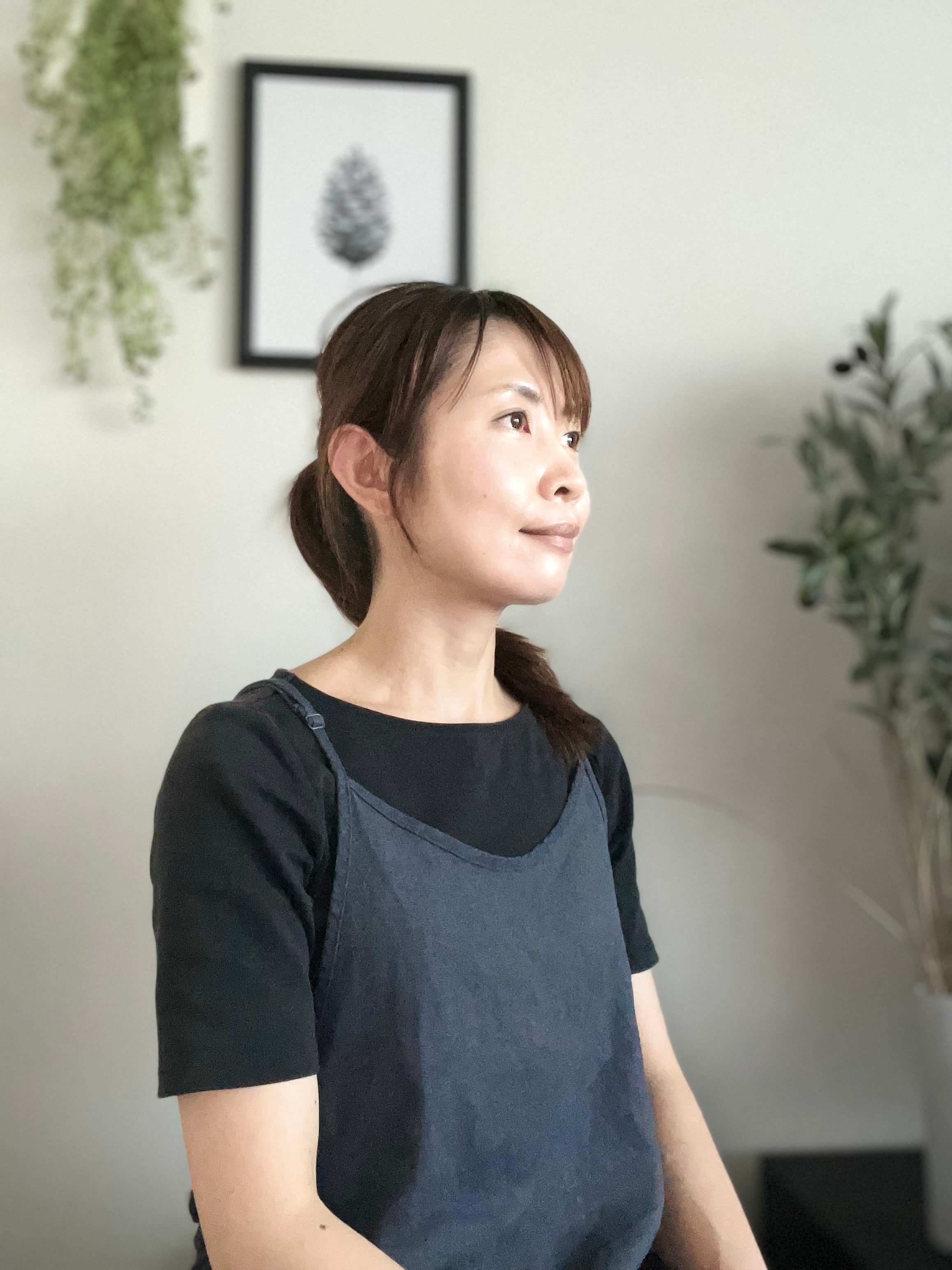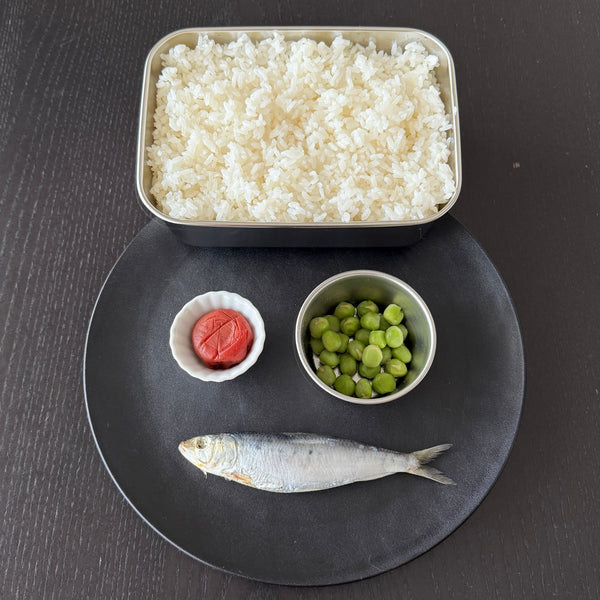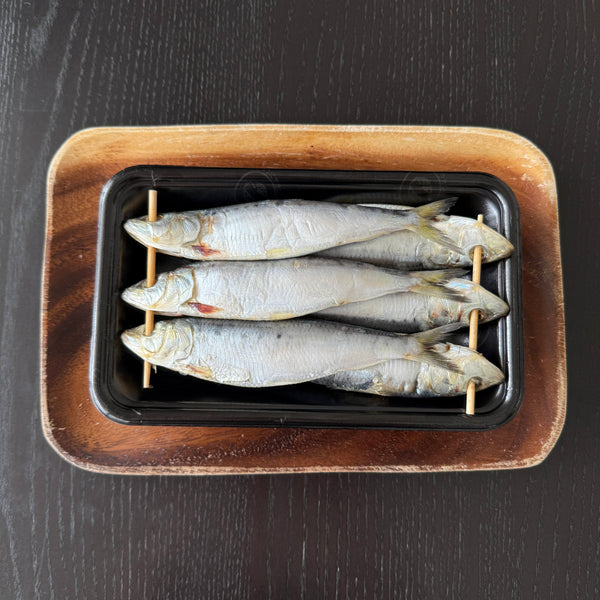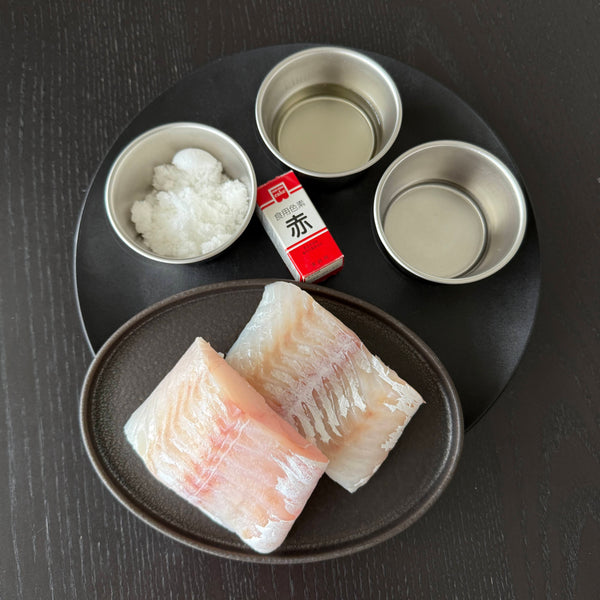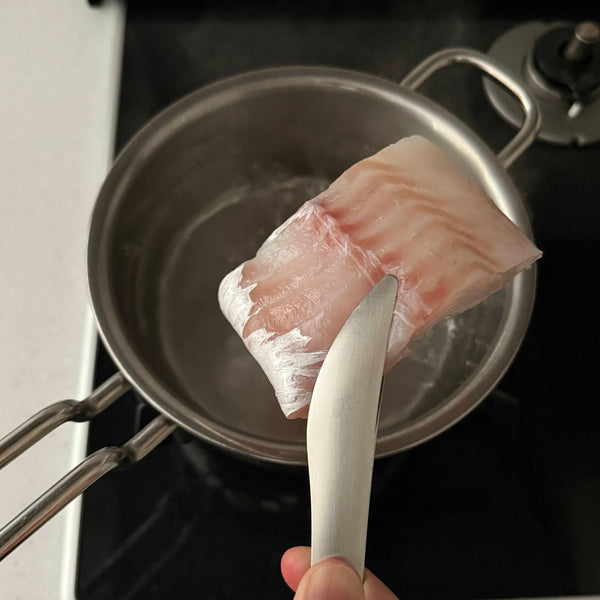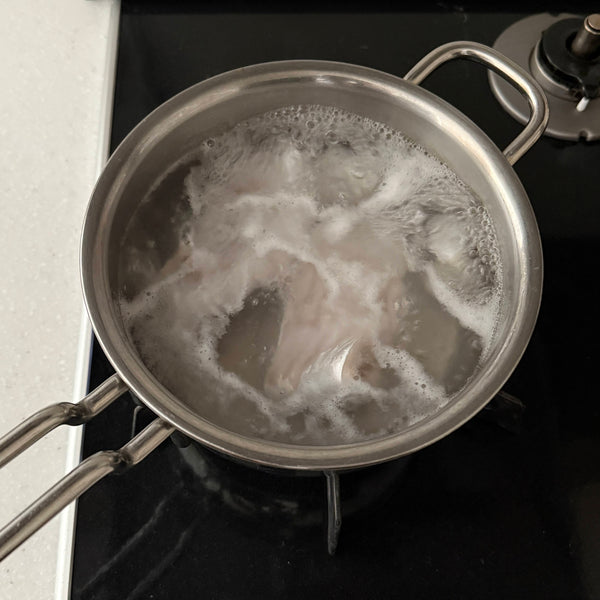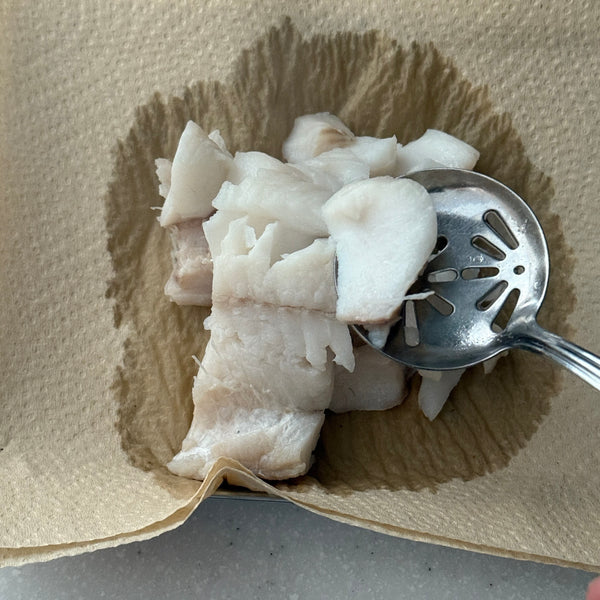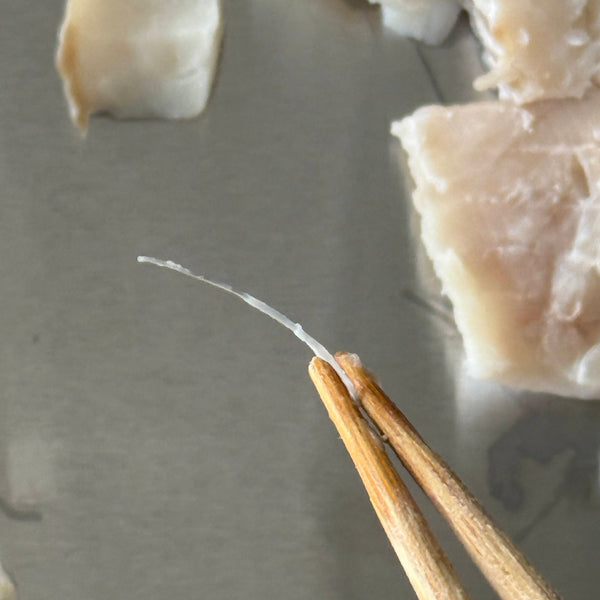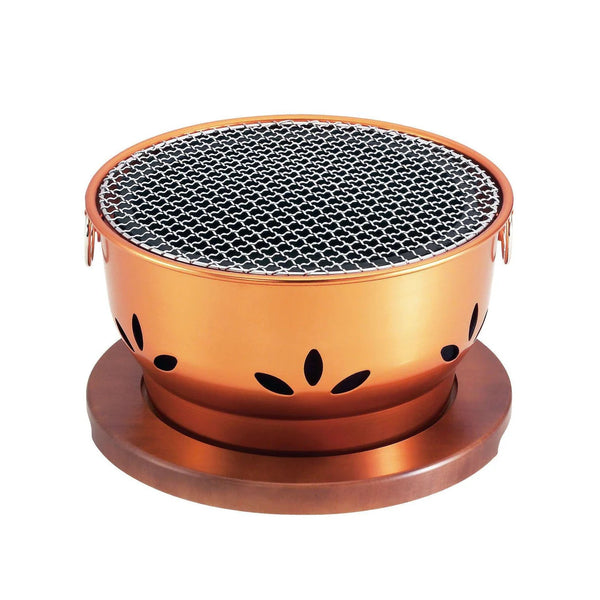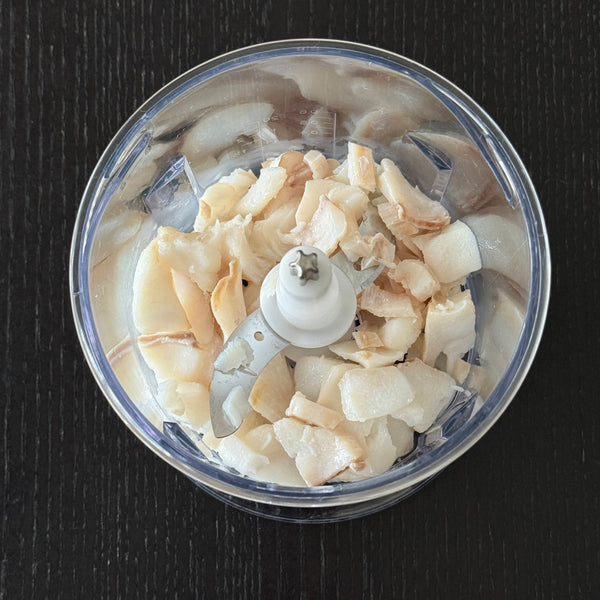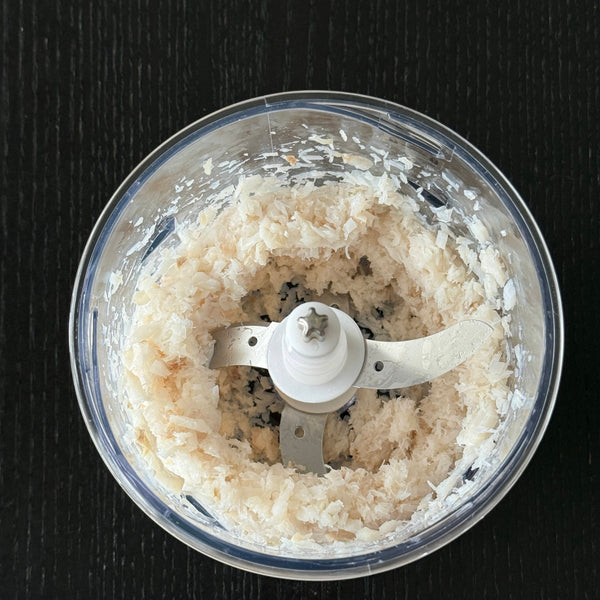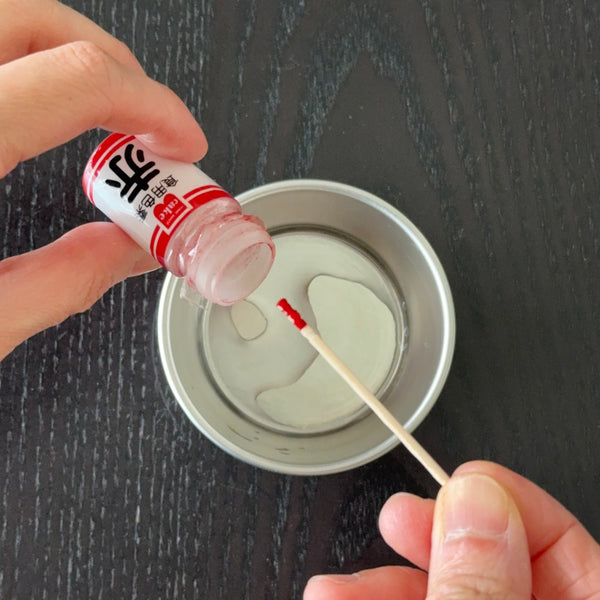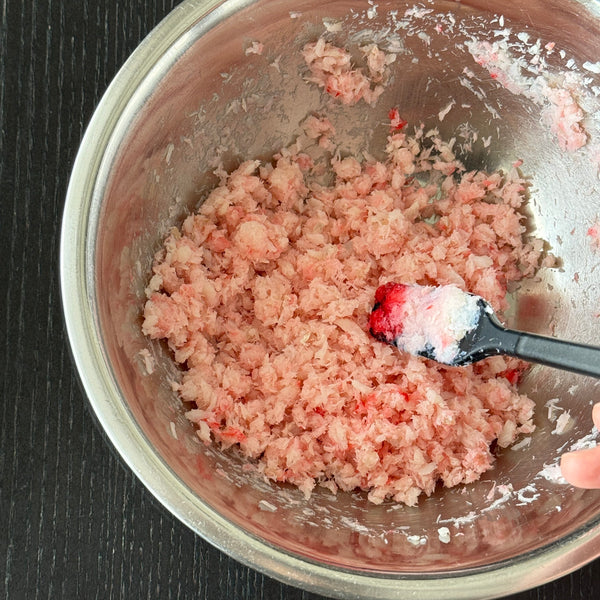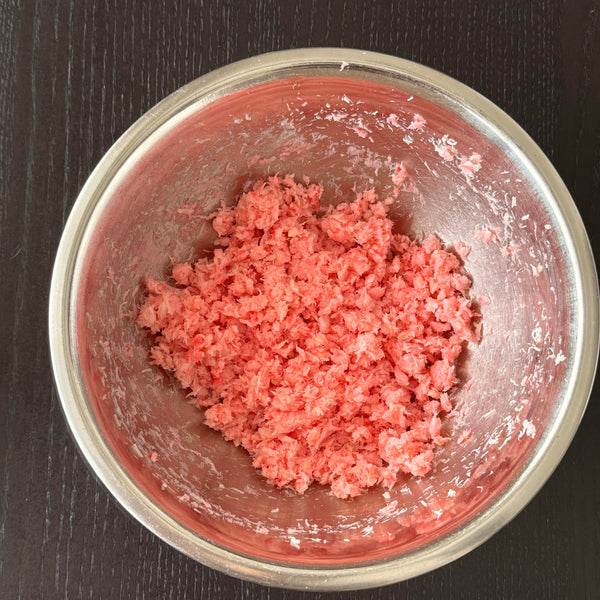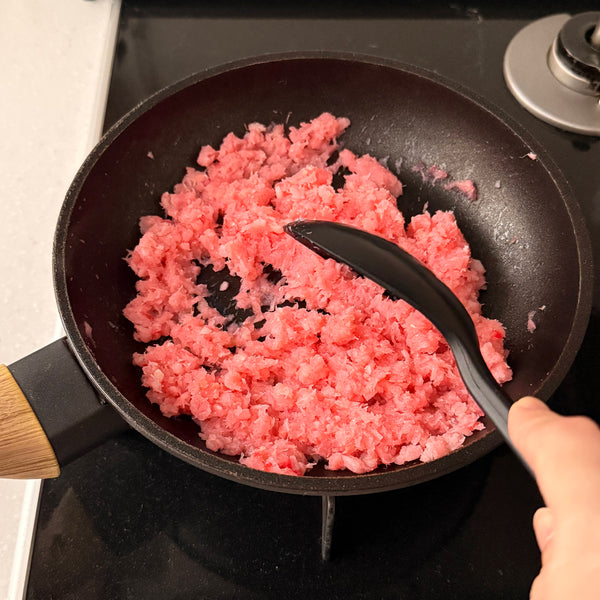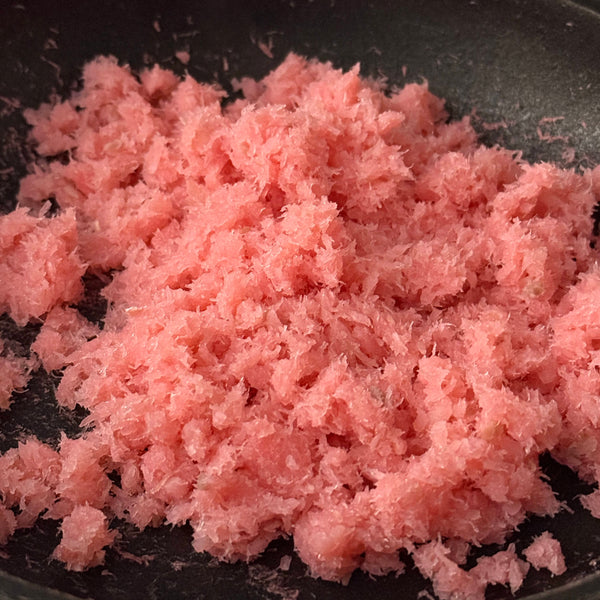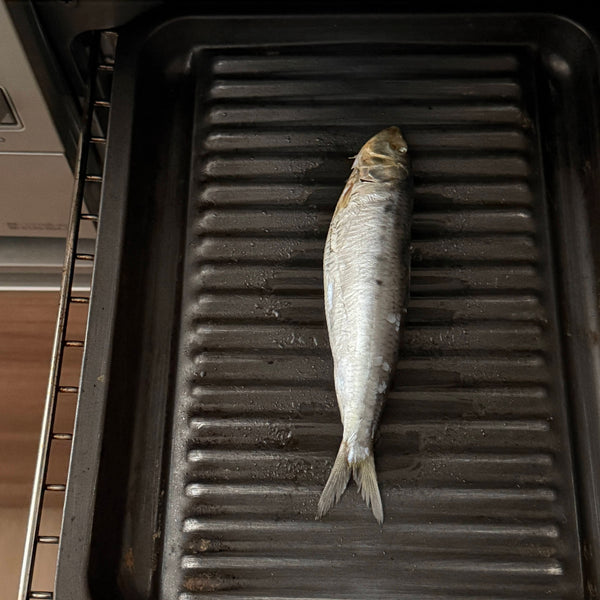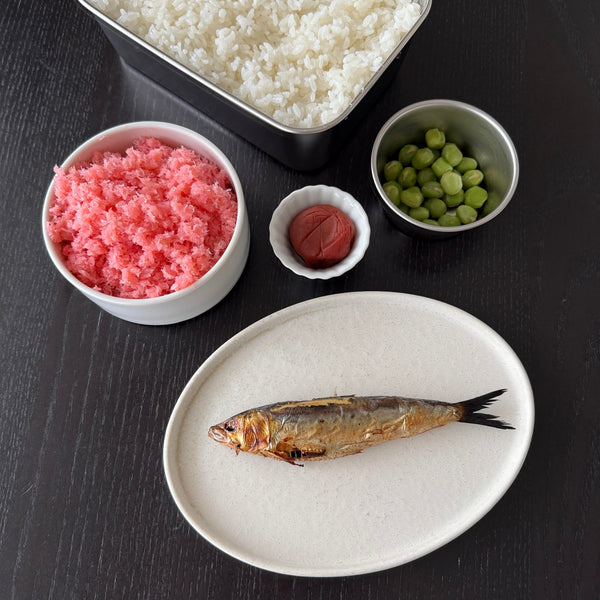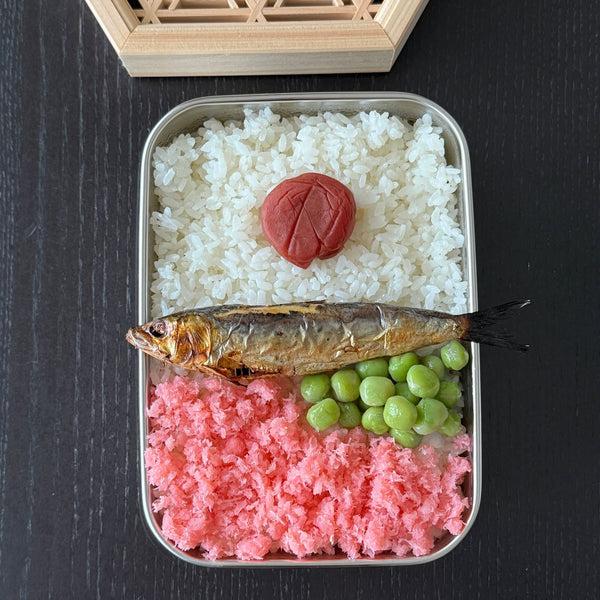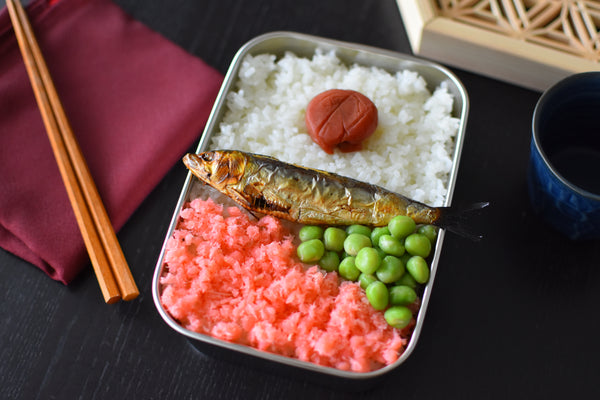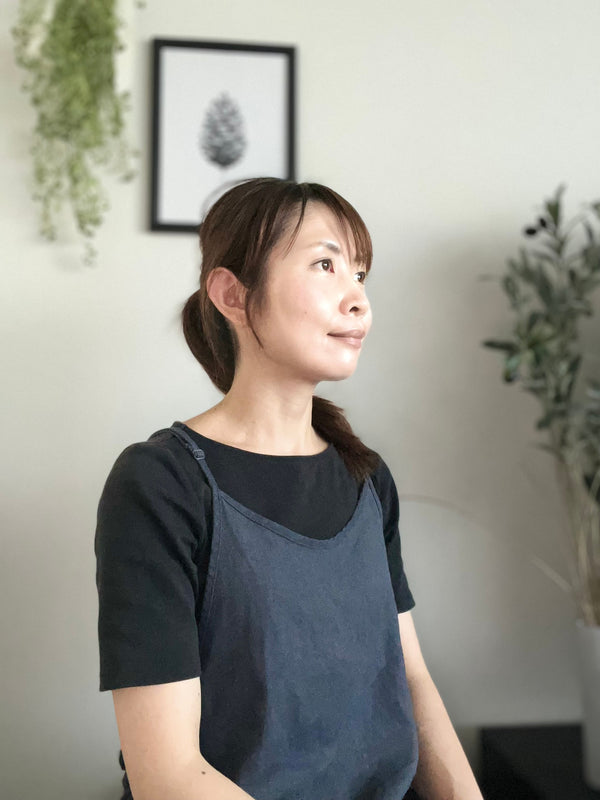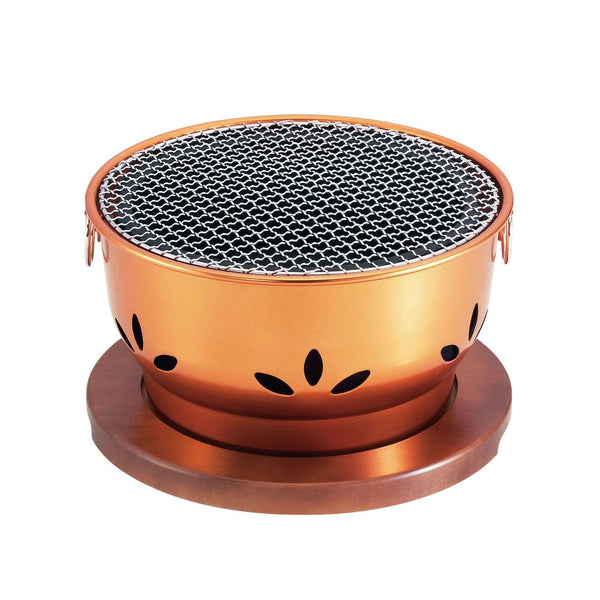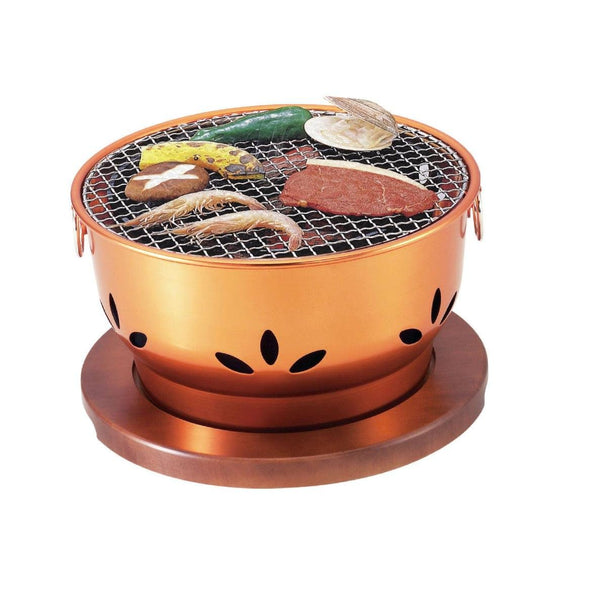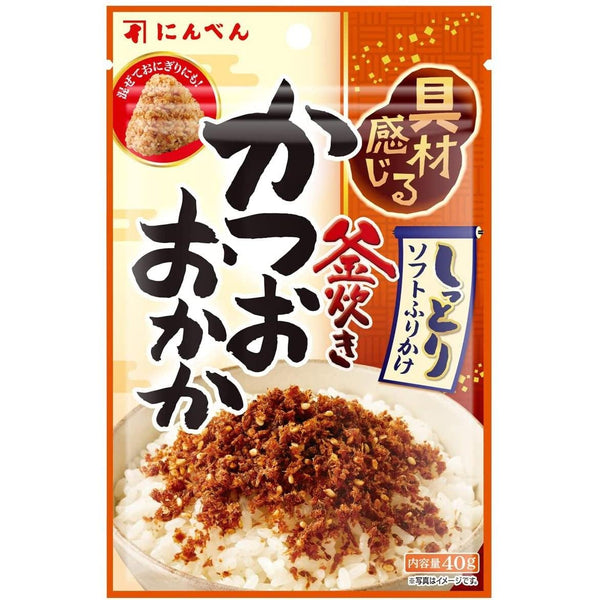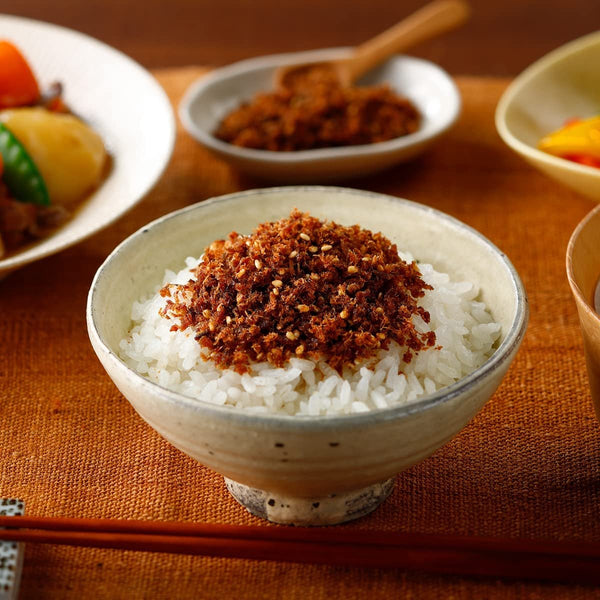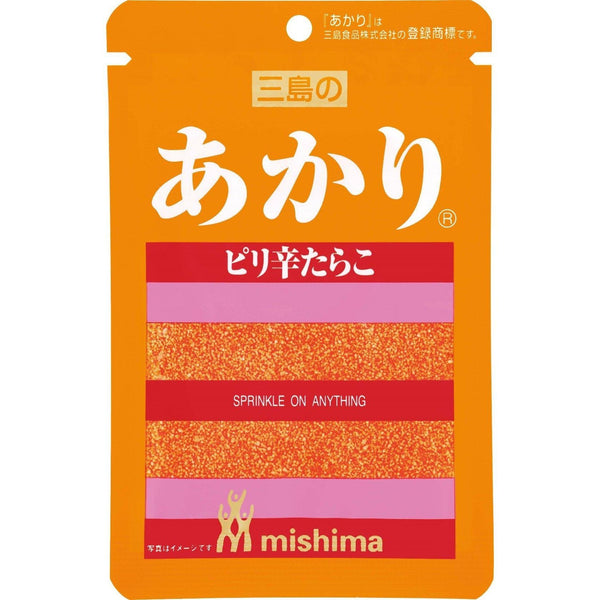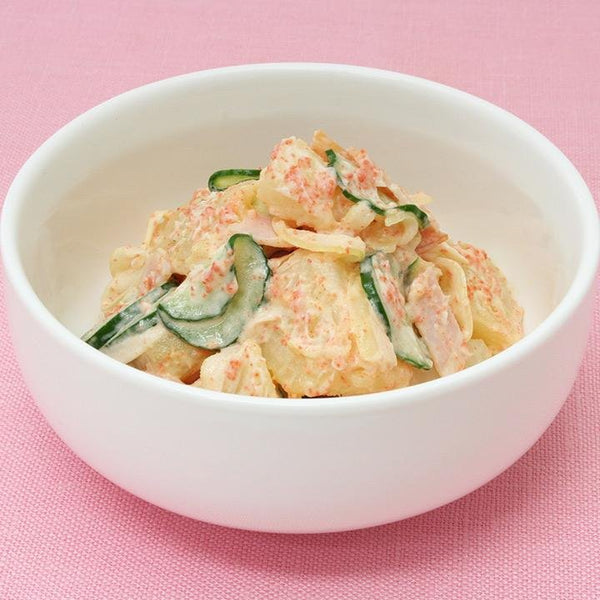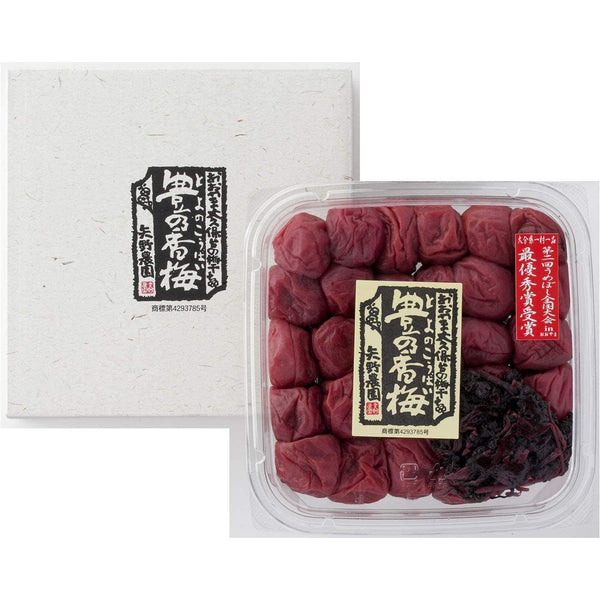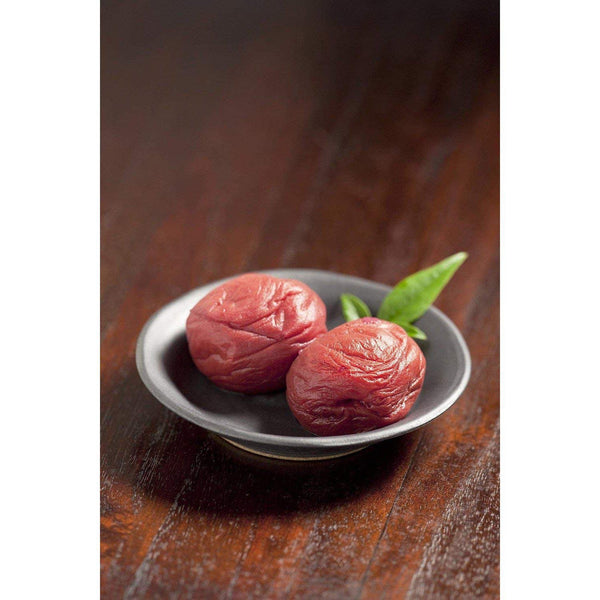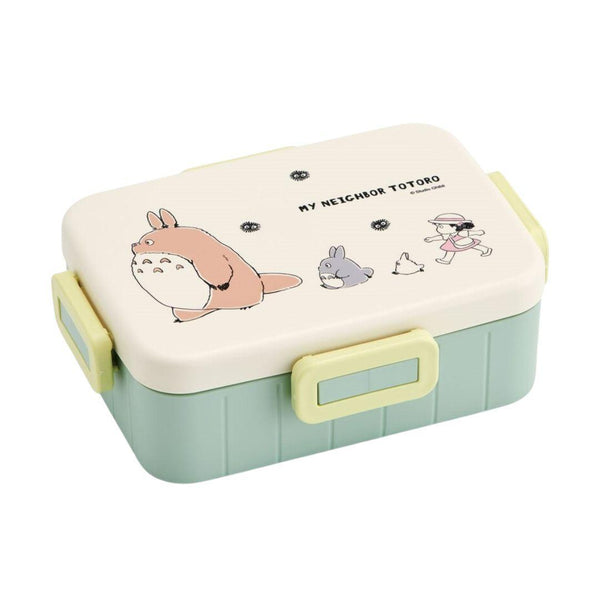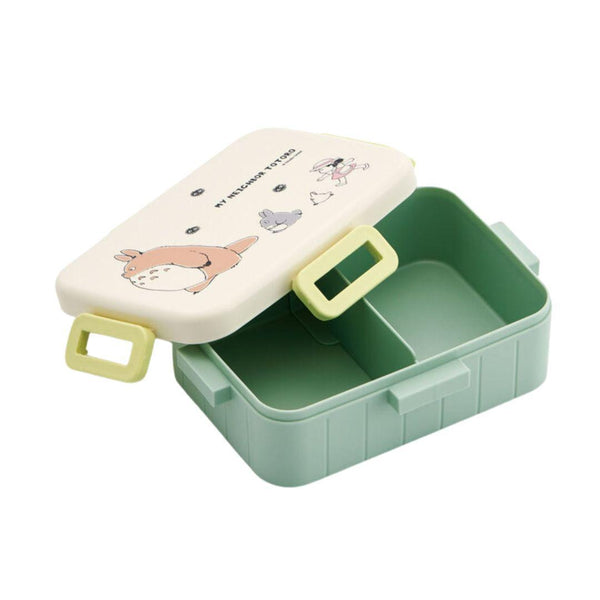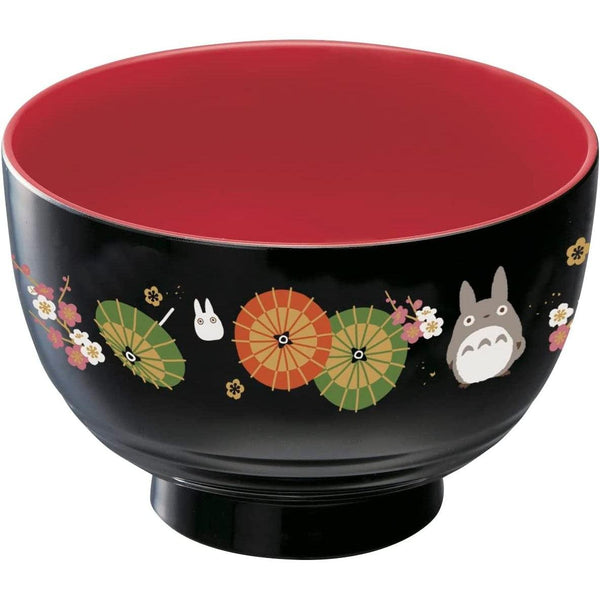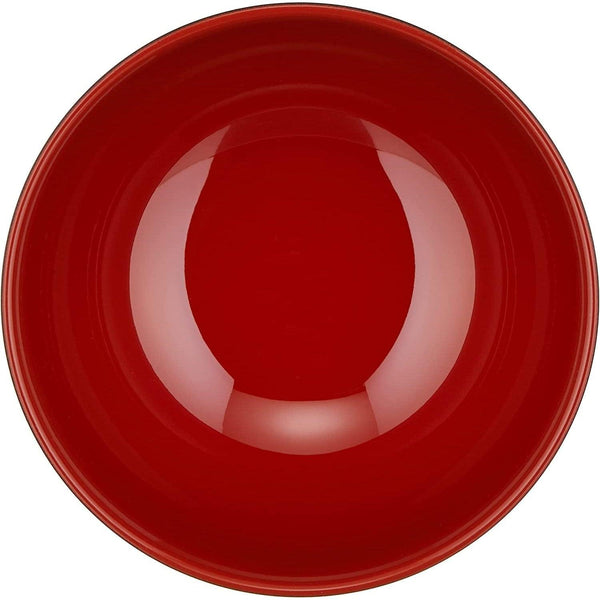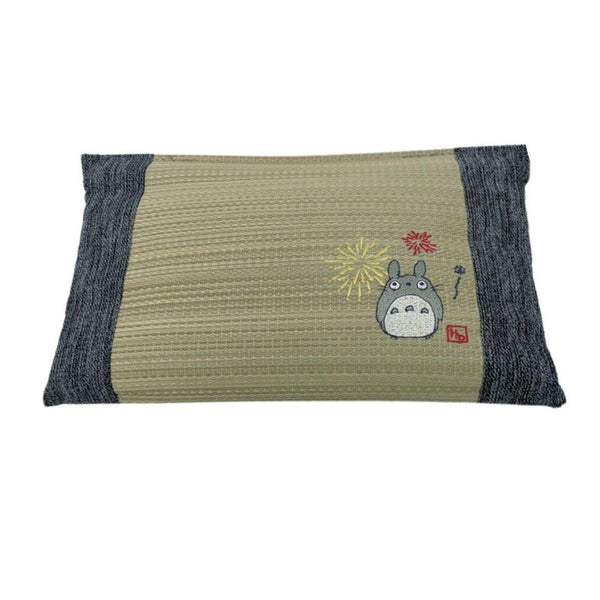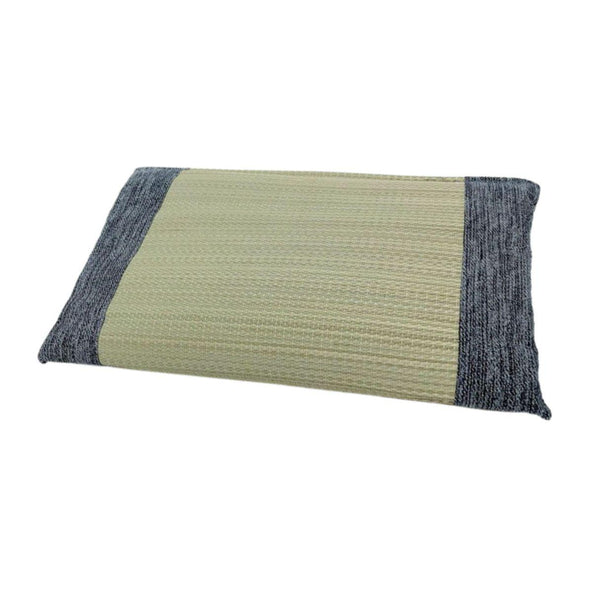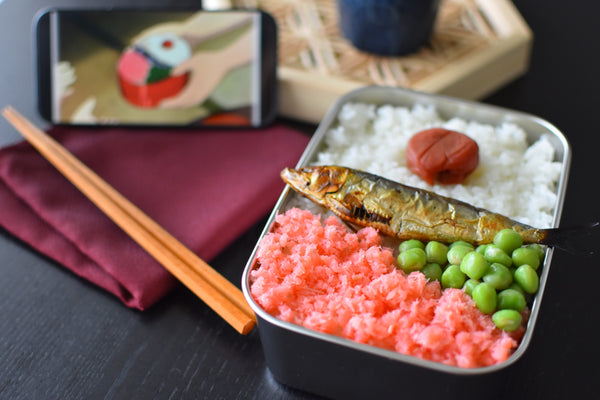
Studio Ghibli films are known for their stunning visuals, heartwarming stories, and captivating music, but another standout element is the way food is portrayed. From bubbling pots of ramen to lovingly packed lunchboxes, Ghibli food scenes often take center stage, evoking comfort and nostalgia. In Japan, these meals are affectionately called Ghibli meshi (Ghibli meals), and many fans enjoy recreating them at home.
Some famous examples include the comforting “Ham Ramen” from Ponyo, the savory “Nishin to Kabocha no Pie” (herring and pumpkin pie) from Kiki’s Delivery Service, the sizzling “Bacon and Eggs” from Howl’s Moving Castle, and the humble “Onigiri” from Spirited Away.
Bookmark this page so you can come back when we recreate these recipes soon!
One particularly memorable Ghibli meal comes from My Neighbor Totoro. It’s the bento lunch made by Satsuki, one of the main characters, for her younger sister Mei. The scene where Satsuki presents the bento is quiet and simple, but it leaves a lasting impression with its authenticity and warmth. It’s not a flashy or modern lunchbox. Instead, it reflects everyday life in rural 1950s Japan, which is when the film is set.
Satsuki’s bento consists of classic ingredients. The rice is topped with a single umeboshi (pickled plum) placed in the center, creating what’s known as a “Hinomaru Bento,” named after the Japanese flag. This style was popular during the Showa period, not just for its appearance but because umeboshi has natural antibacterial properties. While it doesn’t preserve the entire bento on its own, it helps, especially when refrigeration isn’t available.
The protein in the bento is mezashi, a type of grilled dried sardine. This was a typical, budget-friendly protein choice in the mid-20th century. Paired with this are green beans, specifically ao-endo-mame, which you can substitute with edamame if they’re easier to find. The green adds color and a subtle, earthy taste that balances the flavors.
Another eye-catching ingredient is sakura denbu, fluffy pink fish flakes that bring a touch of sweetness and a pop of color. If sakura denbu isn’t available where you live, you can replace it with seafood furikake, furikake with bonito, or furikake spicy cod roe. Salmon flakes are another easy and flavorful option.
For the umeboshi, if you find the traditional version too sour, try hachimitsu umeboshi, which is coated in honey for a milder taste. Just be careful not to use cherry tomatoes as a red substitute, as they spoil quickly when placed on warm rice.
Satsuki’s bento might look modest, but it’s a beautiful example of thoughtful, balanced cooking. It contains sweet, salty, and tangy notes, along with the visual care that reflects her love for her family. The fact that Satsuki is only around 12 years old when she prepares this lunch adds another layer of admiration.
Try making Satsuki’s bento for a fun Ghibli-inspired experience, perfect while watching the movie or playing your favorite Ghibli songs!
